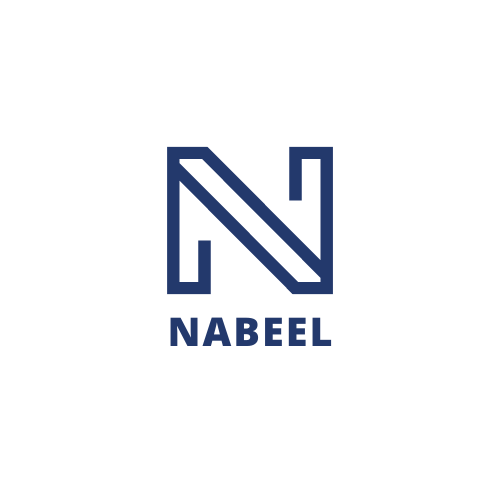Asana vs. Trello: Which is Right for Your Team in 2025?
In the fast-paced world of project management, choosing the right tool for your team can be the difference between chaos and productivity. As we look towards 2025, two names continue to stand out in the crowd: Asana and Trello. Both platforms have evolved significantly, offering a plethora of features designed to streamline workflows and enhance collaboration. But which one is right for your team? Let’s dive in and explore the differences to help you make an informed decision.
Table of Contents
1. Introduction
2. Asana: A Deep Dive
3. Trello: A Closer Look
4. Key Differences Between Asana and Trello
5. Factors to Consider When Choosing Between Asana and Trello
6. Conclusion
7. FAQs
Introduction
Project management tools are no longer a luxury; they’re essential. As we navigate through increasingly complex projects and remote teams, having the right tool can empower your team to stay organized and efficient. In this post, we’ll compare Asana and Trello, two of the most popular project management tools, to help you decide which one suits your team best in 2025. 🎯
Asana: A Deep Dive
Asana has long been a leader in the project management space, known for its robust features and flexible interface. It’s designed to help teams coordinate work so they can hit their goals faster.
Features
Asana offers a variety of features that cater to different project management needs:
1. Task Management: Create tasks, set due dates, assign team members, and track progress with ease.
2. Project Views: Switch between list, board, timeline, and calendar views to manage your projects the way you like.
3. Automation: Automate routine tasks with rules and integrations to save time and reduce errors.
4. Reporting: Advanced reporting tools help you keep track of your team’s performance and project progress.
Usability
Asana’s user interface is intuitive, making it easy for new users to get up to speed quickly. However, its wide range of features can be overwhelming for smaller teams who may not need the full suite of tools.
Trello: A Closer Look
Trello takes a different approach with its simplicity and visual organization method. Known for its card-based interface, Trello is perfect for teams looking for a straightforward tool that doesn’t sacrifice functionality.
Features
Trello’s features are designed to be simple yet effective:
1. Kanban Boards: Visualize your project workflow with boards, lists, and cards.
2. Power-Ups: Enhance Trello’s functionality with integrations like calendar views, time tracking, and more.
3. Team Collaboration: Real-time collaboration with team members is seamless with Trello’s intuitive interface.
4. Butler Automation: Automate tasks and workflows with Trello’s built-in automation tool, Butler.
Usability
Trello is often praised for its user-friendly design. Teams new to project management tools find Trello’s simplicity appealing, while still providing enough depth for effective project tracking.
Key Differences Between Asana and Trello
While both Asana and Trello aim to improve team productivity, they cater to different needs and preferences.
1. Complexity vs. Simplicity: Asana offers a comprehensive set of features suitable for complex projects, whereas Trello’s straightforward Kanban approach is perfect for simpler projects.
2. Project Views: Asana provides multiple views like list, board, and timeline, while Trello focuses on a board-centric view.
3. Integration Capabilities: Both tools offer integrations, but Asana’s advanced options are tailored for larger teams with complex needs.
Factors to Consider When Choosing Between Asana and Trello
Choosing between Asana and Trello depends on several factors, including:
1. Team Size: Larger teams with complex projects may benefit more from Asana’s extensive features, while smaller teams might prefer Trello’s simplicity.
2. Project Complexity: If your projects require detailed tracking and multiple views, Asana might be the better fit.
3. Budget: Consider the pricing models of both tools and how they align with your budget. Asana’s comprehensive features come at a higher price point.
4. Ease of Use: Evaluate how quickly your team can adapt to the tool. Trello’s simplicity might be more appealing for teams looking for a quick setup.
Conclusion
In 2025, the choice between Asana and Trello ultimately depends on your team’s specific needs and project requirements. If you need a robust, feature-rich platform to manage complex projects, Asana is a strong contender. On the other hand, if you prefer a more straightforward, visual tool, Trello might be your team’s ideal match. Whichever you choose, both tools offer excellent solutions for modern project management. 🚀
FAQs
Q: Can you integrate Trello with other tools?
A: Yes, Trello integrates with a wide range of tools through Power-Ups, including Google Drive, Slack, and more.
Q: Is Asana suitable for small teams?
A: While Asana is often favored by larger teams, its flexibility and range of features can also benefit small teams looking to manage complex projects.
Q: How does automation work in Trello?
A: Trello’s Butler automation allows you to create custom rules and commands to automate tasks and workflows within your boards.
Q: Are there mobile apps for Asana and Trello?
A: Yes, both Asana and Trello offer mobile apps for iOS and Android, allowing you to manage projects on the go.
In the evolving landscape of project management, staying informed about the tools available can empower your team to work smarter, not harder. Whether you choose Asana or Trello, both platforms offer valuable features to help you achieve your project goals in 2025 and beyond. 🌟



